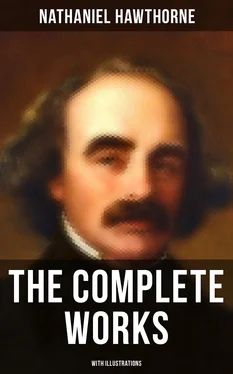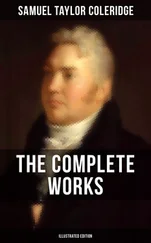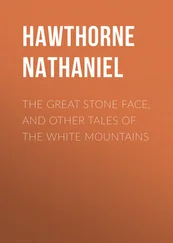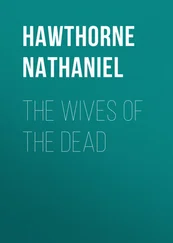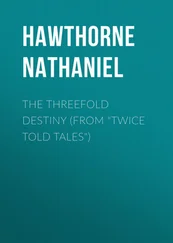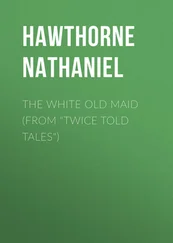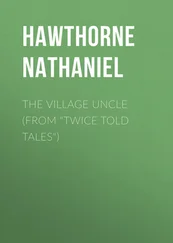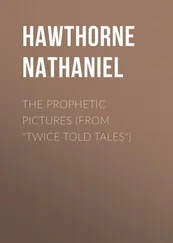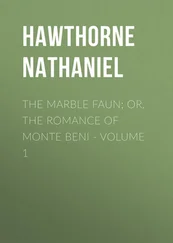“Then the greater fool he!” said Miriam so bitterly that Hilda’s quiet eyes were somewhat startled.
“Donatello, my dear friend,” said Kenyon, in Italian, “pray gratify us all by taking the exact attitude of this statue.”
The young man laughed, and threw himself into the position in which the statue has been standing for two or three thousand years. In truth, allowing for the difference of costume, and if a lion’s skin could have been substituted for his modern talma, and a rustic pipe for his stick, Donatello might have figured perfectly as the marble Faun, miraculously softened into flesh and blood.
“Yes; the resemblance is wonderful,” observed Kenyon, after examining the marble and the man with the accuracy of a sculptor’s eye. “There is one point, however, or, rather, two points, in respect to which our friend Donatello’s abundant curls will not permit us to say whether the likeness is carried into minute detail.”
And the sculptor directed the attention of the party to the ears of the beautiful statue which they were contemplating.
But we must do more than merely refer to this exquisite work of art; it must be described, however inadequate may be the effort to express its magic peculiarity in words.
The Faun is the marble image of a young man, leaning his right arm on the trunk or stump of a tree; one hand hangs carelessly by his side; in the other he holds the fragment of a pipe, or some such sylvan instrument of music. His only garment — a lion’s skin, with the claws upon his shoulder — falls halfway down his back, leaving the limbs and entire front of the figure nude. The form, thus displayed, is marvellously graceful, but has a fuller and more rounded outline, more flesh, and less of heroic muscle, than the old sculptors were wont to assign to their types of masculine beauty. The character of the face corresponds with the figure; it is most agreeable in outline and feature, but rounded and somewhat voluptuously developed, especially about the throat and chin; the nose is almost straight, but very slightly curves inward, thereby acquiring an indescribable charm of geniality and humor. The mouth, with its full yet delicate lips, seems so nearly to smile outright, that it calls forth a responsive smile. The whole statue — unlike anything else that ever was wrought in that severe material of marble — conveys the idea of an amiable and sensual creature, easy, mirthful, apt for jollity, yet not incapable of being touched by pathos. It is impossible to gaze long at this stone image without conceiving a kindly sentiment towards it, as if its substance were warm to the touch, and imbued with actual life. It comes very close to some of our pleasantest sympathies.
Perhaps it is the very lack of moral severity, of any high and heroic ingredient in the character of the Faun, that makes it so delightful an object to the human eye and to the frailty of the human heart. The being here represented is endowed with no principle of virtue, and would be incapable of comprehending such; but he would be true and honest by dint of his simplicity. We should expect from him no sacrifice or effort for an abstract cause; there is not an atom of martyr’s stuff in all that softened marble; but he has a capacity for strong and warm attachment, and might act devotedly through its impulse, and even die for it at need. It is possible, too, that the Faun might be educated through the medium of his emotions, so that the coarser animal portion of his nature might eventually be thrown into the background, though never utterly expelled.
The animal nature, indeed, is a most essential part of the Faun’s composition; for the characteristics of the brute creation meet and combine with those of humanity in this strange yet true and natural conception of antique poetry and art. Praxiteles has subtly diffused throughout his work that mute mystery, which so hopelessly perplexes us whenever we attempt to gain an intellectual or sympathetic knowledge of the lower orders of creation. The riddle is indicated, however, only by two definite signs: these are the two ears of the Faun, which are leaf shaped, terminating in little peaks, like those of some species of animals. Though not so seen in the marble, they are probably to be considered as clothed in fine, downy fur. In the coarser representations of this class of mythological creatures, there is another token of brute kindred, — a certain caudal appendage; which, if the Faun of Praxiteles must be supposed to possess it at all, is hidden by the lion’s skin that forms his garment. The pointed and furry ears, therefore, are the sole indications of his wild, forest nature.
Only a sculptor of the finest imagination, the most delicate taste, the sweetest feeling, and the rarest artistic skill — in a word, a sculptor and a poet too — could have first dreamed of a Faun in this guise, and then have succeeded in imprisoning the sportive and frisky thing in marble. Neither man nor animal, and yet no monster, but a being in whom both races meet on friendly ground. The idea grows coarse as we handle it, and hardens in our grasp. But, if the spectator broods long over the statue, he will be conscious of its spell; all the pleasantness of sylvan life, all the genial and happy characteristics of creatures that dwell in woods and fields, will seem to be mingled and kneaded into one substance, along with the kindred qualities in the human soul. Trees, grass, flowers, woodland streamlets, cattle, deer, and unsophisticated man. The essence of all these was compressed long ago, and still exists, within that discolored marble surface of the Faun of Praxiteles.
And, after all, the idea may have been no dream, but rather a poet’s reminiscence of a period when man’s affinity with nature was more strict, and his fellowship with every living thing more intimate and dear.
Table of Contents
“Donatello,” playfully cried Miriam, “do not leave us in this perplexity! Shake aside those brown curls, my friend, and let us see whether this marvellous resemblance extends to the very tips of the ears. If so, we shall like you all the better!”
“No, no, dearest signorina,” answered Donatello, laughing, but with a certain earnestness. “I entreat you to take the tips of my ears for granted.” As he spoke, the young Italian made a skip and jump, light enough for a veritable faun; so as to place himself quite beyond the reach of the fair hand that was outstretched, as if to settle the matter by actual examination. “I shall be like a wolf of the Apennines,” he continued, taking his stand on the other side of the Dying Gladiator, “if you touch my ears ever so softly. None of my race could endure it. It has always been a tender point with my forefathers and me.”
He spoke in Italian, with the Tuscan rusticity of accent, and an unshaped sort of utterance, betokening that he must heretofore have been chiefly conversant with rural people.
“Well, well,” said Miriam, “your tender point — your two tender points, if you have them — shall be safe, so far as I am concerned. But how strange this likeness is, after all! and how delightful, if it really includes the pointed ears! O, it is impossible, of course,” she continued, in English, “with a real and commonplace young man like Donatello; but you see how this peculiarity defines the position of the Faun; and, while putting him where he cannot exactly assert his brotherhood, still disposes us kindly towards the kindred creature. He is not supernatural, but just on the verge of nature, and yet within it. What is the nameless charm of this idea, Hilda? You can feel it more delicately than I.”
“It perplexes me,” said Hilda thoughtfully, and shrinking a little; “neither do I quite like to think about it.”
Читать дальше
